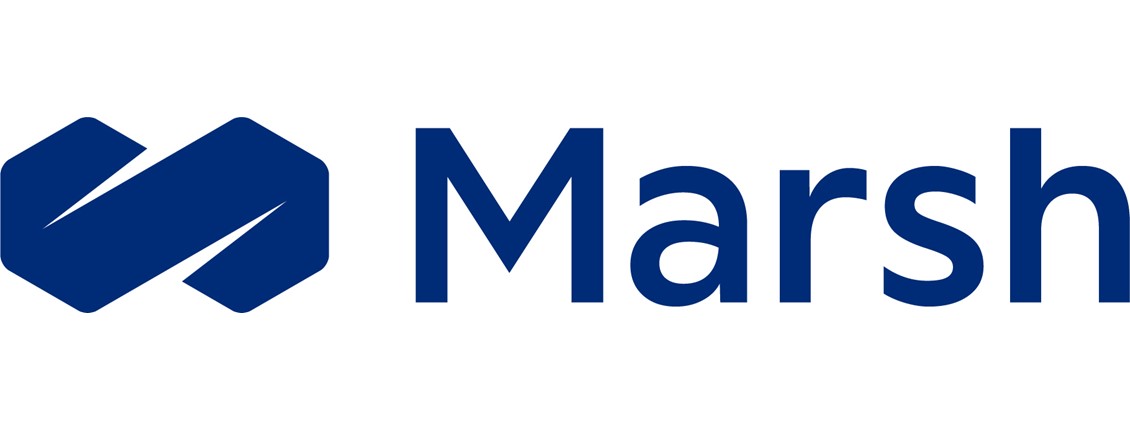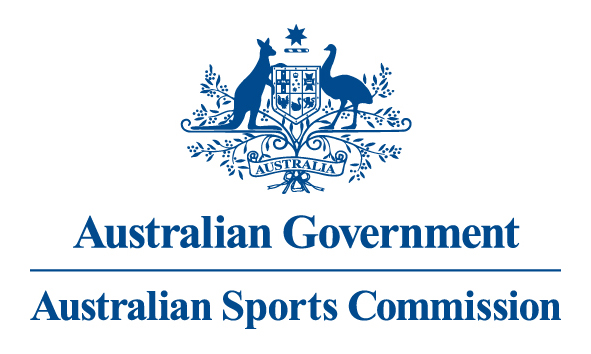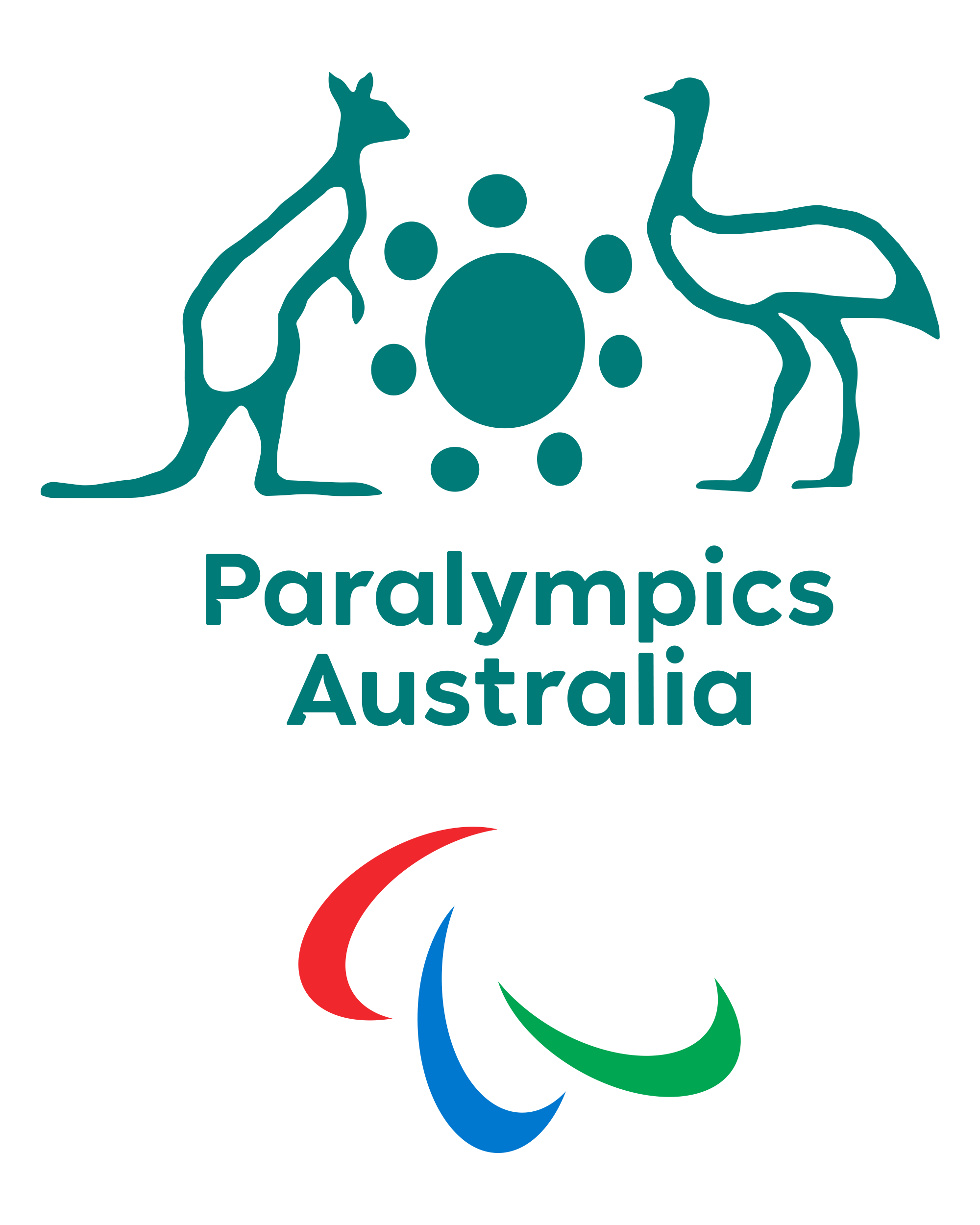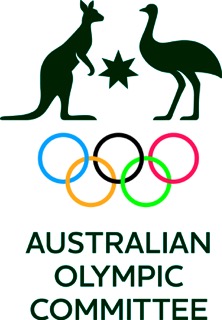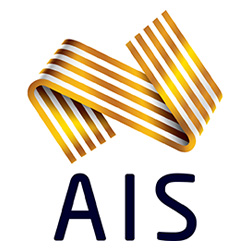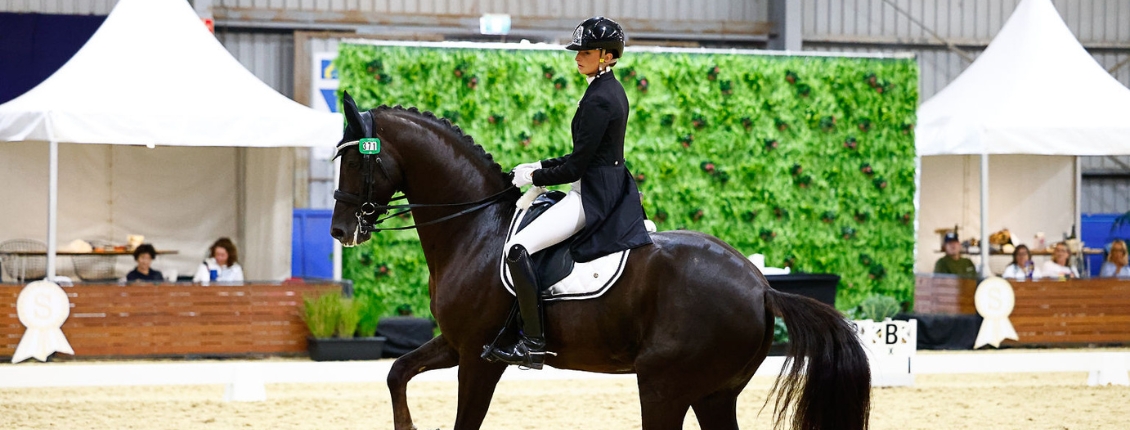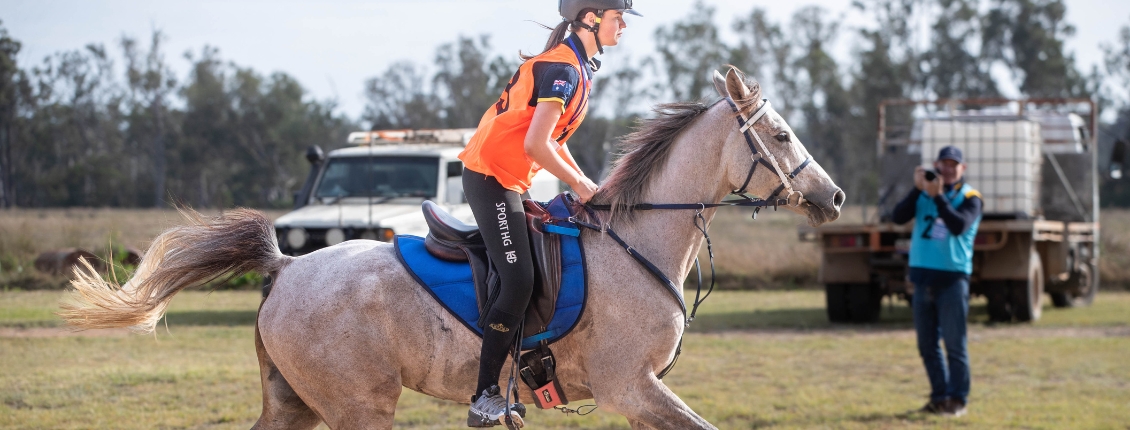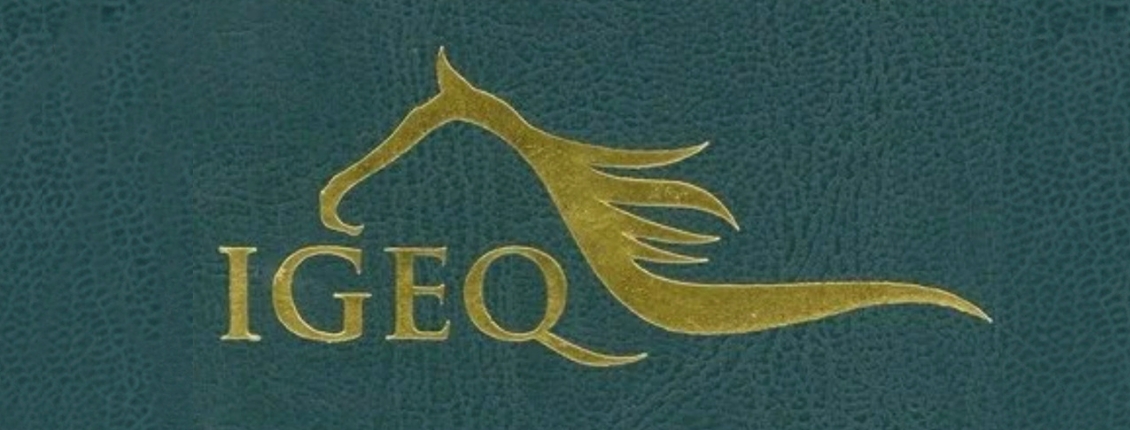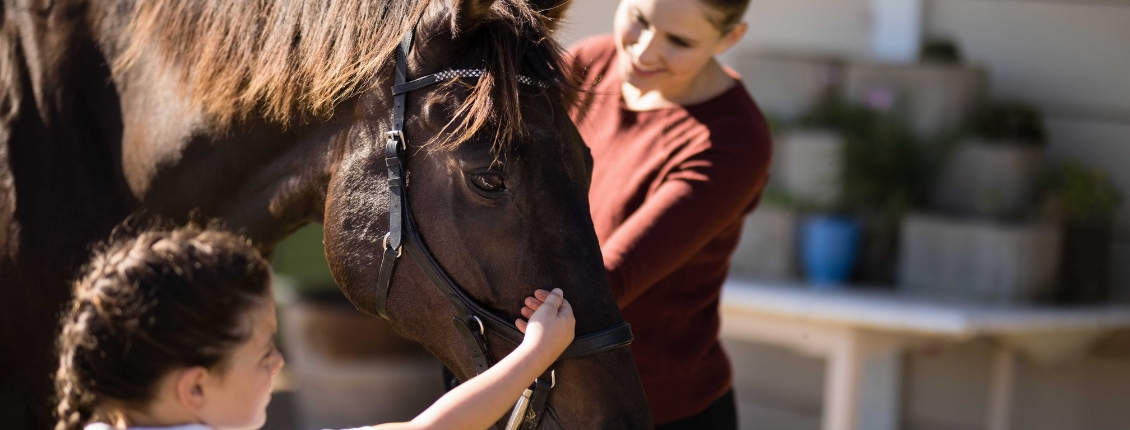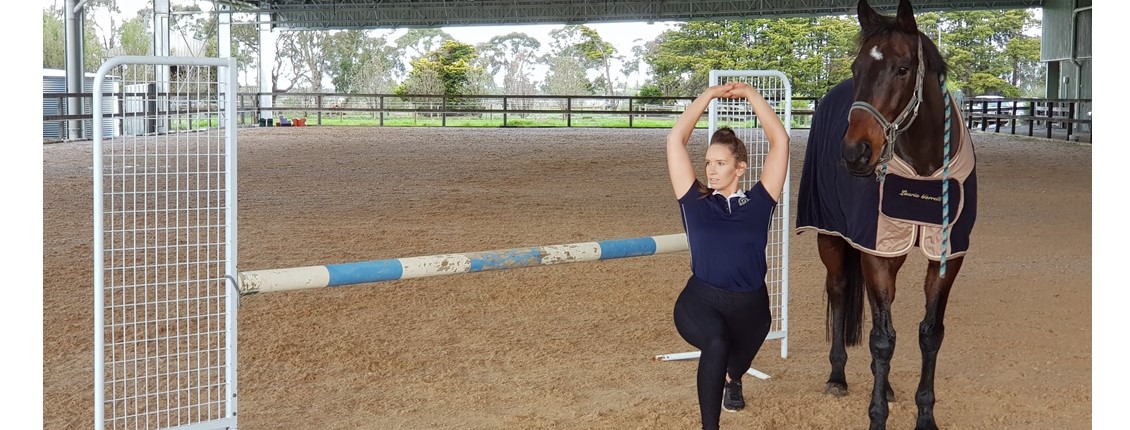
Achieving an Independent Seat: Horse & Rider Biomechanics
Equestrian sports are unique in that they involve the participation of two athletes with vastly dissimilar biomechanics, yet they are able to work together harmoniously.
Experienced riders are not only able to move in unison with their horse, but can improve the quality of their horse’s movements. However, just as quality rider performance and position can enhance a horse’s way of going, poor rider performance and position can deteriorate a horse’s performance.
In order to improve performance, we must first understand the reciprocal relationship between horse and rider, and the influence one plays on the other.
Movements of the rider should be coupled seamlessly with their horse. The horse drives these horse-rider coupled movements, and the rider must first learn to follow the horse’s motions passively using coordinated movements of the pelvis, trunk, head and limbs to develop an independent seat.
What is an independent seat?
An independent seat implies that the rider is dynamically stable and capable of moving different parts of the body independently of each other. Each part of the rider’s body has the flexibility and strength to move independently without compensation in any other part of the body.
Ankles, hips, knees and ankles are flexible, relaxed and soft. Head and shoulders are relaxed and loose, nodding with the horse’s gait. There is no unproductive tension anywhere in the body.
When this is achieved the rider’s movements become less variable and are more closely matched with those of the horse. Once the rider has become dynamically stable, they have the ability to influence the speed, direction and activity of the horse.
How can I achieve an independent seat?
An independent seat starts from the ground. If a rider cannot control parts of their body independently from the ground, how can they expect to achieve it on a horse? Strength, flexibility and balance are all key components in achieving an independent seat from the ground.
Strength Training
It is widely known that equestrian sports require the use of most your major muscle groups, therefore a strong musculoskeletal system is vital for enhancing equestrian performance.
Improving muscular strength will allow you to have better control over each part of your body leading towards a more independent seat and greater communication through your seat, leg and hand aids.
Strength training can also help to improve neuromuscular functioning, which can lead to enhanced muscular activation allowing you to more efficiently activate the muscles required to achieve the required response from your horse and maintain a more fluid and flowing ride.
Mobility and Flexibility
Enhanced mobility and flexibility allow the rider to move through their full ranges of motion and maintain a relaxed and soft contact with their horse.
Asymmetries and reduced range of motion through areas such as the spine, shoulders, hips and ankles can lead to subtle imbalances on the horse and miscommunications through the seat, leg and hand aids.
These are all areas which can be identified and addressed through manual therapy and individualized training programs.
Looking after your body off the horse is not only a great way to help improve your equestrian performance, but also to look after your own health, wellness and help prevent future injuries.
Supplied by Dr Layne Shepherd (Osteopath) BHlthSc/BAppSc(Osteo), BAnVBioSci

